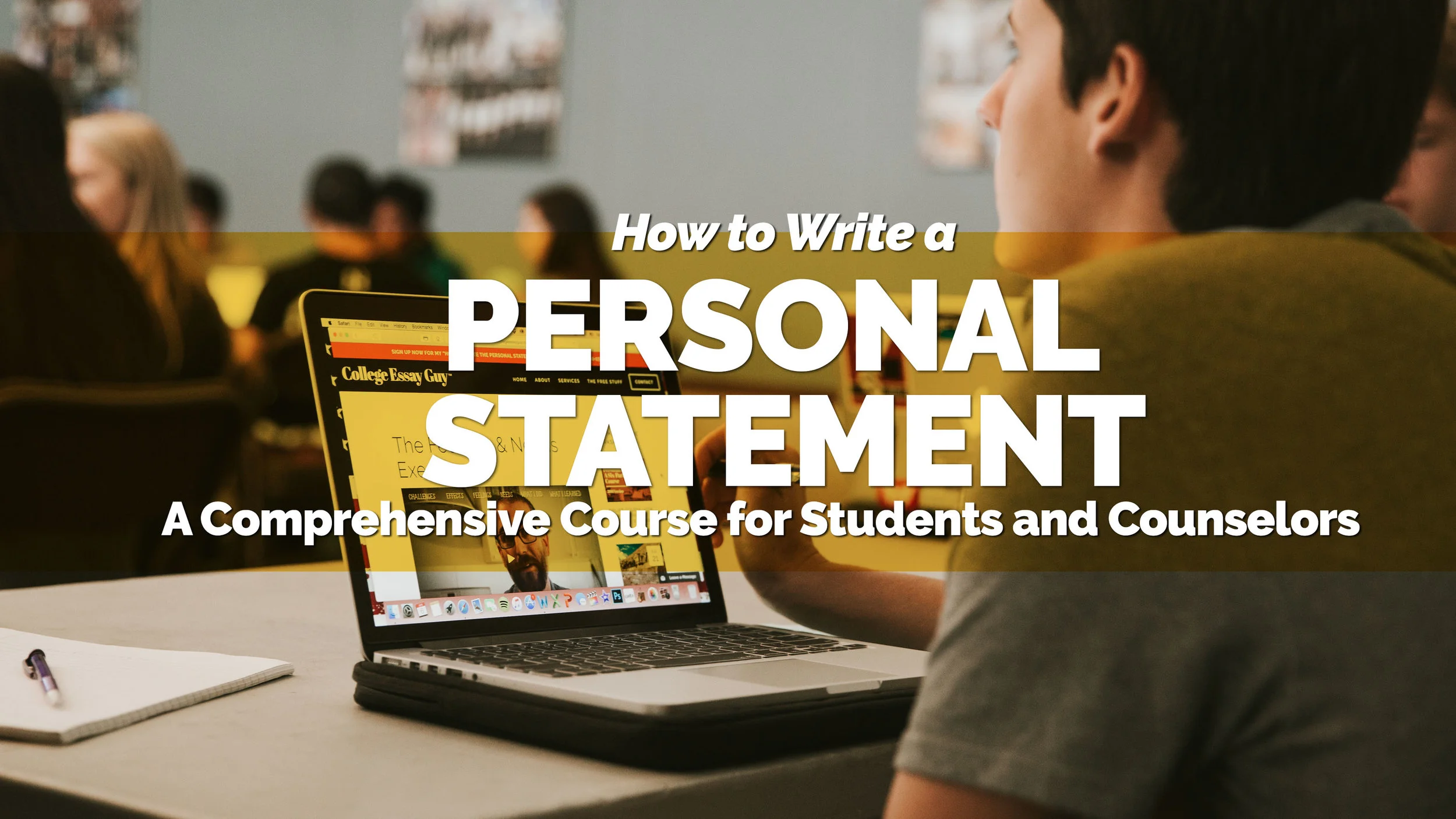Working with a private college consultant can be expensive. If you can afford it, I totally recommend it, and here’s why I think that’s a good idea. (Find one near you here or here.)
Private consultants can be a wonderful support during the college process, and one of the best ways they support is by helping you develop your college list.
The truth is, there are more than 4,500 colleges and universities in the US (source) and most schools accept most students, with the national average at 63.8% in 2011 (source).
But which of the 4,500 is right for you?
If your counselor is too busy and you can’t afford the $3,480 it costs to have someone help you figure it out, here’s a step-by-step process for developing your college list on your own, for free, using the Google machine.
Where do I even start finding schools?
Use collegexpress.com to search according to your interests.
Why CollegeXpress? Because school buff Steven Antonoff—who has been eating, sleeping and breathing colleges for the past few decades—developed an amazing set of lists based on years of visiting campuses, talking to professionals, and studying schools in deep detail. (There’s a reason his website it www.schoolbuff.com.) He first published these lists in his book The College Finder, which you can buy on Amazon. Or guess what? You can find the lists for free at collegexpress.com. Plus, they’re searchable, so you can type in anything from “Schools for the Free Spirit” to “Great Private Colleges for the B Student.” and you’ll get a list of schools. It’s pretty much my favorite resource ever.
And another thing I love is that he doesn’t rank schools, which is pretty tough to do anyway.
Here’s how to use collegexpress.com (it’s a little tricky):
Create a login.
Type an interest in the top right corner (i.e., “architecture” or “Div. III tennis,” etc.)
When results appear, uncheck all the boxes on the right bottom corner except “list.” Then click on the list that interests you.
Another great read: Four Things Undocumented Students Need to Know About Applying to College
Any favorite sites for researching schools?
For the pro perspective, go to collegecountdown.com where for $20 you can get online access to the Fiske Guide to Colleges, which is pretty much the go-to guide for college research (#1 on Amazon). This $20 is optional, but totally worth it. And the reason this post will save you $3,480 instead of $3,500.
For the student perspective, go to unigo.com where you can read real students’ opinions on their schools. But don’t just read 1-2 reviews, read a bunch of them, in particular the “What’s the stereotype of students at your school” and “Is the stereotype true?” You’ll get a sense of the school vibe pretty quick.
How many schools should I apply to?
Pick nine schools. Why nine? Because nine allows you to pick three of each of these:
3 Reach (5%-25% chance of acceptance)
3 Maybe (26%-60% chance)
3 Match (61%+ chance)
Keep searching and researching until you’re in love with all nine – yes, even the “match” schools where you’ll likely get in. (Bonus tip: If you’re applying to the University of California schools, count them as one, since the application and essays will be the same for all of them.)
How do I know my chances of getting in?
You can find the general acceptance rates on lots of sites, but I recommend that you spend some time researching class profiles and exploring the Common Data Set published by the individual schools.
Common What? The Common Data Set is produced by the Common Data Set Initiative, which, in their own words, is “a collaborative effort among data providers in the higher education community and publishers as represented by the College Board, Peterson’s, and U.S. News & World Report. The combined goal of this collaboration is to improve the quality and accuracy of information provided to all involved in a student’s transition into higher education, as well as to reduce the reporting burden on data providers.”
Basically, the Common Data Set gathers and offers information on things like enrollment, persistence (as in, what percentage return to the school after their first year), retention rates, academic offerings, student life, and annual expenses, financial aid, the biggest piece with regard to this post, things like existing freshman class statistical profiles, average GPAs, and other things that affect admissions.
How do you find the Common Data Set? Google. Or Bing. Or … probably any search engine you like. Just enter the school’s name and “Common Data Set” and it’ll likely be the first thing that pops up.
For example, here’s a link to Stanford’s Common Data Set for 2019-2020 (or here’s where Stanford links to CDSs for other years). There’s a ton of useful data in there, but for our purposes here, starting on page 8 (and for several pages after), you can find things like number of applicants, numbers admitted, percentile scores on SAT or ACT, where students were in their class (e.g., that year, 98.4% were in their high school’s top 10%), GPAs (95.4% had a 4.0), etc.
Class Profiles: here, for example, is the first year class profile for Loyola Marymount (again, search engines are your friend), offering things like average GPA and test scores. Less detailed than the Common Data Set, but perhaps faster, if you want to get a sense at a glance regarding where you might stand. And so you can compare what class profiles vs Common Data Sets offer, here’s Stanford’s applicant profiles.










